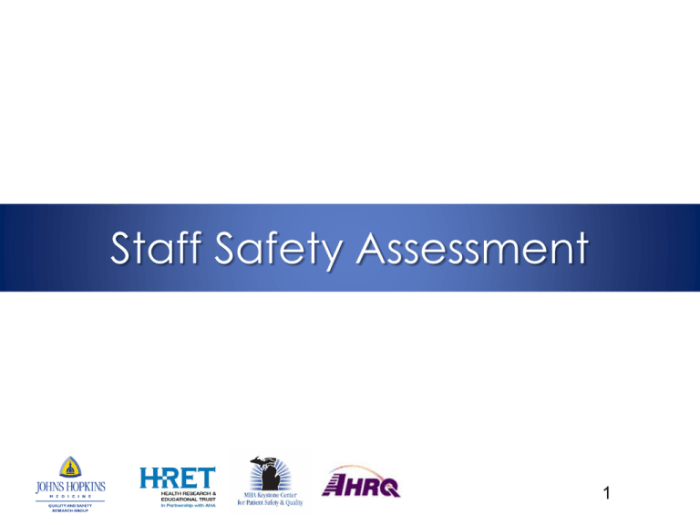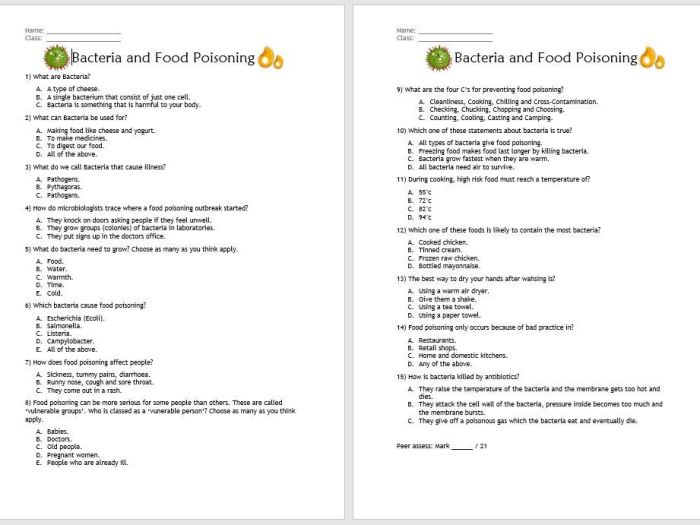Ascend Staffing Safety Test Answers: Enhancing Workplace Safety and Compliance introduces readers to a comprehensive guide that provides essential knowledge and insights into workplace safety regulations, hazard identification, incident reporting, emergency preparedness, and more. This resource empowers individuals with the tools and understanding necessary to navigate workplace safety effectively.
This guide explores the significance of adhering to safety regulations and guidelines, highlighting the potential consequences of non-compliance. It also delves into the processes of hazard identification and risk assessment, enabling readers to recognize and mitigate potential hazards in their work environment.
Safety Regulations and Guidelines
Adhering to safety regulations and guidelines is paramount in any workplace to ensure the well-being of employees and prevent accidents or incidents. These regulations provide a framework for safe work practices and help minimize potential hazards.
Common safety regulations include:
- Personal protective equipment (PPE) requirements
- Safe work procedures
- Hazard communication
- Emergency evacuation plans
- Lockout/tagout procedures
Failure to follow safety regulations can result in:
- Injuries or fatalities
- Equipment damage
- Lost productivity
- Legal liability
Hazard Identification and Risk Assessment: Ascend Staffing Safety Test Answers

Hazard identification and risk assessment are crucial processes for proactively identifying and mitigating potential hazards in the workplace.
Hazard identification involves:
- Observing the workplace
- Reviewing safety data sheets (SDSs)
- Consulting with employees
Risk assessment involves:
- Estimating the likelihood and severity of potential hazards
- Determining appropriate control measures
- Monitoring and reviewing the effectiveness of control measures
Common workplace hazards include:
- Slips, trips, and falls
- Exposure to hazardous chemicals
- Electrical hazards
- Machine hazards
- Fire hazards
Incident Reporting and Investigation

Incident reporting and investigation are essential for understanding the causes of accidents and incidents and preventing their recurrence.
Incident reporting involves:
- Promptly reporting all incidents to supervisors
- Providing accurate and detailed information
- Cooperating with investigations
Incident investigation involves:
- Determining the root causes of the incident
- Identifying corrective actions
- Implementing preventive measures
Thorough incident investigations help:
- Prevent similar incidents from occurring
- Improve safety performance
- Reduce liability
Emergency Preparedness and Response

Emergency preparedness and response plans are vital for ensuring a coordinated and effective response to emergencies.
Key components of an emergency preparedness and response plan include:
- Emergency evacuation procedures
- Fire safety procedures
- Medical emergency procedures
- Security procedures
- Training and drills
Common emergency scenarios include:
- Fires
- Earthquakes
- Tornadoes
- Active shooters
- Hazardous material spills
Preparing for these scenarios helps:
- Protect employees and visitors
- Minimize damage to property
- Maintain business continuity
General Inquiries
What are the key components of an emergency preparedness plan?
An emergency preparedness plan should include evacuation procedures, communication protocols, designated meeting points, and training for employees.
What is the purpose of a safety inspection?
A safety inspection aims to identify potential hazards, assess risks, and ensure compliance with safety regulations.
What are the benefits of conducting thorough incident investigations?
Thorough incident investigations help identify root causes, prevent future incidents, and improve overall workplace safety.